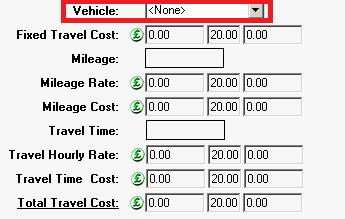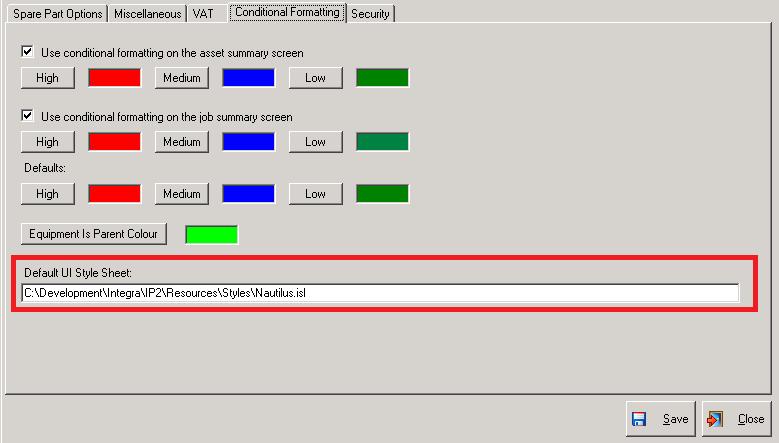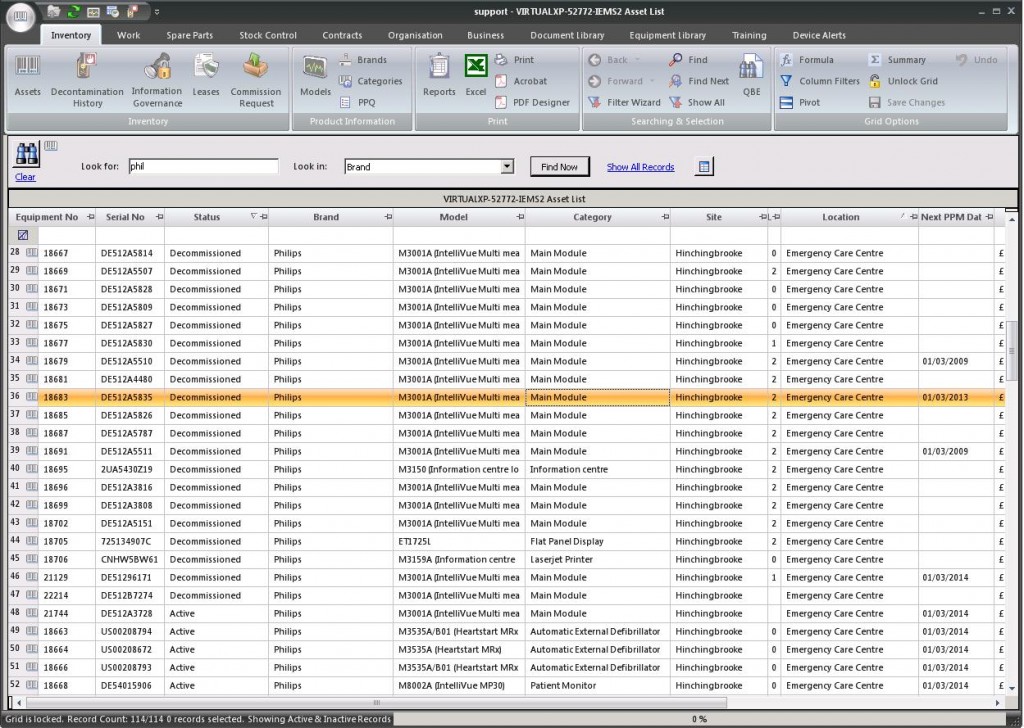Version 2.12.0 goes into beta release tomorrow. It should be on general release a week after that. We have packed a lot of new functionality into this version but the major new features are: Loan Delivery Lists, Loan Collection Lists, Competence Groups, the Training Passport & Aggregate Invoices.
Loan Delivery & Collection Lists
These represent a new and simpler way to create multiple loans. I recently posted a blog article about these new features. You can read it here
Competence Groups
This new feature has been attracting a lot of attention recently. Its first public demonstration was at the recent NAMDET conference and it was very well received. We first announced competence groups in this blog article, but it has already been improved significantly.
Since the publication of that article we have added support for competence levels, both for the competence required and the competence gained. The levels are:
1. Decontamination
2. Setup
3. User
4. More advanced user
5. Trainer
6. Link trainer
7. Assessor
A 2nd change is that a person’s ability to train and/or assess other users is now model-specific. Previously it was simply a tick box on the personnel screen. On the TNA (Training Needs Assessment or Analysis) pge you can only select trainers or assessors from people correspondingly qualified.
Perhaps the biggest change from a usability perspective is that it is now possible to create and manage competence groups from both the equipment and personnel screens. Suppose you want to create a competence group for ITU. From the equipment screen you can search for all equipment located in ITU, then simply select it all and use the Add to Competence Group or Create Competence Group menus to associate each individual model with the competence group. Then, from the personnel screen you can select all staff who work in ITU and add them to the competence group, again using the Add to Competence Group or Create Competence Group menus. Competence groups can now be created in seconds.
In order to support all of this new functionality we have also improved the personnel import. Previously, if the import encountered a personnel record which already existed it simply ignored it and skipped to the next record. Now, the information in the spreadsheet is used to update the personnel record. This means that you can now do a monthly update from ESR to keep your personnel records up-to-date.
The TNA page is now also displayed on the personnel screen so it is very easy to report on an individual’s competences. We have also added a new report, called a Training Passport, to the personnel screen. This produces a very handy document that staff can use during their annual appraisals.
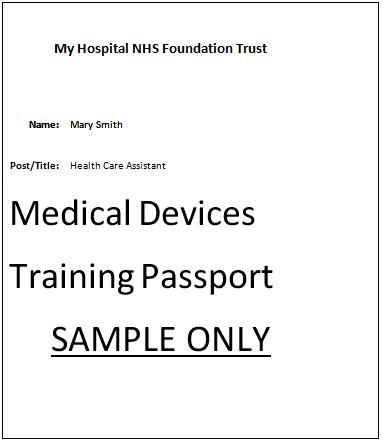
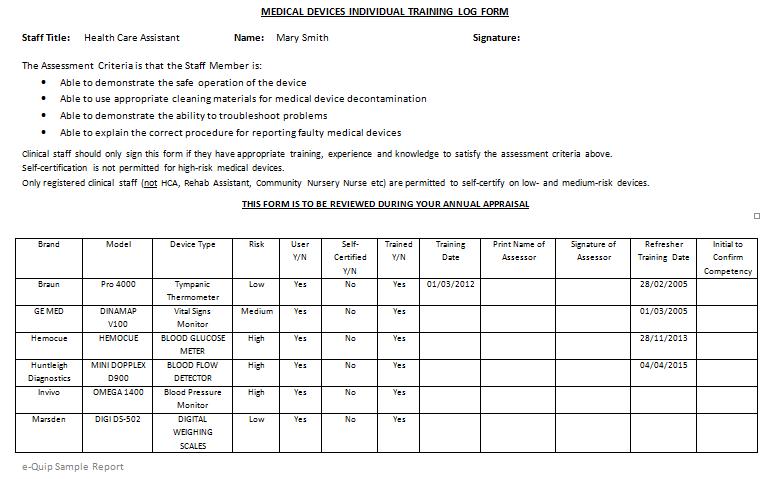
We are currently in the process of adding another web micro-site which will allow staff to view and update their own training records.
Aggregate Invoices
The business module can now create a new type of invoice. Previously it created either base-charge or supplemental invoices. Base-charge invoices are for a fixed amount to perform some particular function. You might, for example, have a customer contract which pays you twice a year to carry out two PPM visits. Supplemental invoices are associated with a job and the amount of the invoice depends on the chargeable elements of that job.
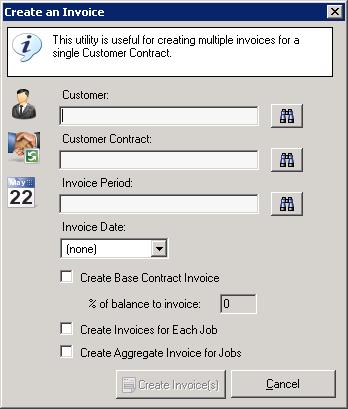
An aggregate invoice is associated with multiple jobs. Each invoice line shows the applicable charges for each job. When aggregate invoices are auto-created the user is shown a list of all jobs completed under a chosen contract within the invoice period. You can either link all jobs to the invoice or select a number of jobs from the list.
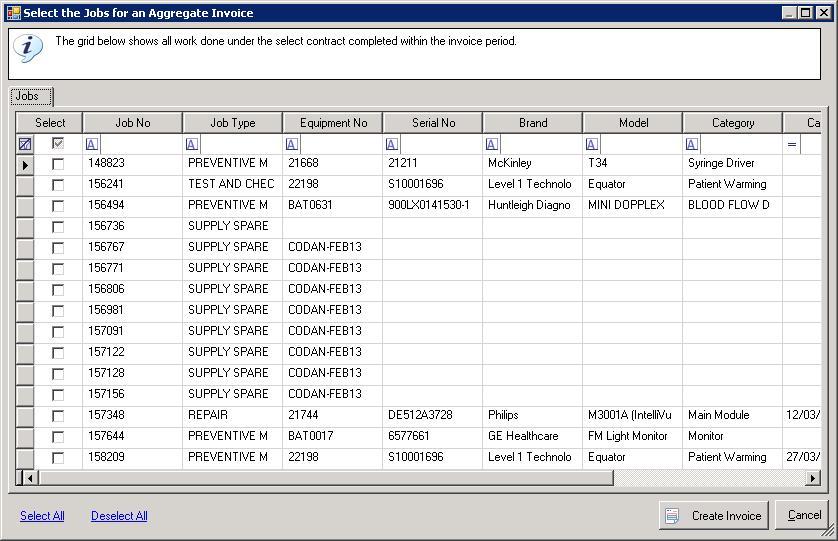
Jobs
a. A new field, Vehicle, has been added to the financial tab of the job property page.
Audit Viewer
a. The ability to export to Microsoft Excel has been added to the audit viewer.
Equipment
a. A new tab, customer contracts, has been added to the equipment property page. This serves the same purpose as the normal contracts tab but is for customer contracts only. Note that once a customer contract has been associated with the asset the customer lookup (on the financial tab) cannot be changed.
Also note, it is not possible to associate a customer contract with an asset until the customer (on the financial tab) has been set.
System Options
a. It is now possible to associate a user-interface style with a database. This might be used to provide a markedly different user experience when using a training database, for example, in order to remind users that they are not connected to the usual database.
Job Parts Screen
a. The field Planned Date has been added to this screen and also to the Filter Wizard for this screen.
Linked Document Manager – New Behaviour
a. When displaying document links for equipment or jobs, the Linked Document Manager now display any documents linked to all medical device alerts associated with the device in question.
Quick Job
a. When the Quick Job screen opens the Job No field is no longer given focus. This prevents users from inadvertently changing or deleting the Job No.
Orders
a. On the order summary screen the Look For search has been extended to allow searching on the Requested By field.
Reference Data
a. A new data type, Vehicle has been added. This is used on the job job property page.
b. A new data type, Loan Delivery List Status has been added. This is used on the Loan Delivery List property page.
c. A new data type, Loan Collection List Status has been added. This is used on the Loan Collection List property page.
d. A new data type, Competence Type Class has been added. These are used to assign meaning to competence types. The following classes are available:
Decontamination: the ability to decontaminate the device
Setup: the ability to setup or configure, but not use, the device
User 1: the ability to use the device
User 2: the ability to use all features of the device, to interpret its output etc
Assessor: the ability to assess other peoples’ competence to use (or setup, decontaminate etc) the device
Trainer: the ability to train other people to use (or setup, decontaminate etc) the device
Link Trainer: the ability to train people who will in turn train others
e. The equipment library status value Not in Library has been renamed to Not a Library Item in order to reduce confusion as to its meaning

